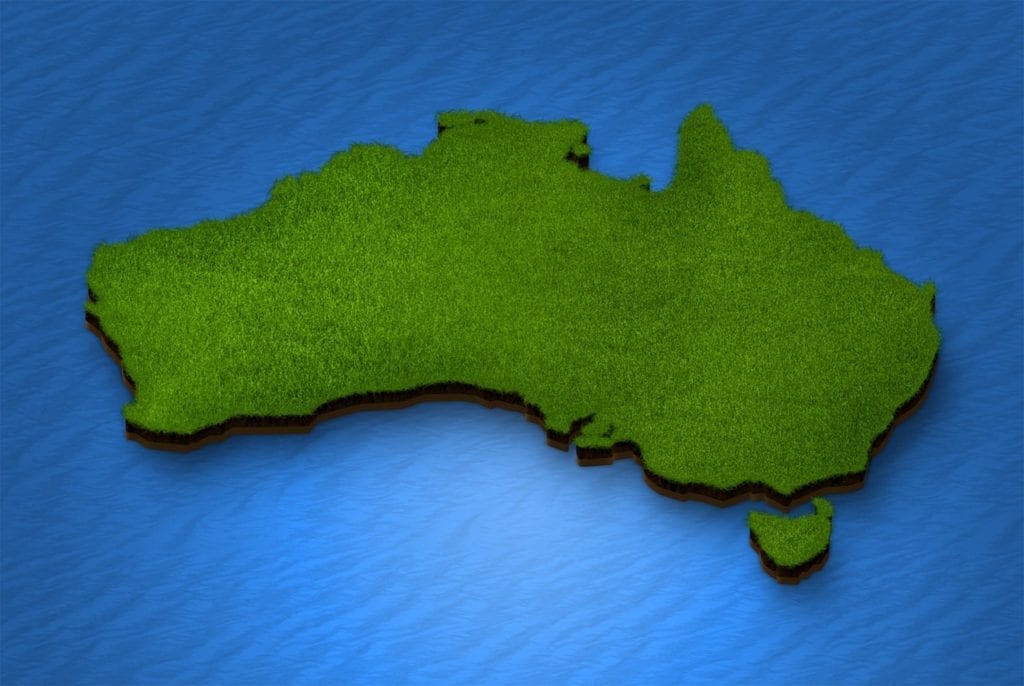The Australian government has announced that almost that new treatments worth $300 million are being added to the Pharmaceutical Benefits Scheme. This program provides subsidized medical treatments to citizens of the country. Three treatments specifically are being added. They include treatments for cystic fibrosis, multiple myeloma, and lung cancer.
The new additions are expected to help over a thousand people dealing with these illnesses, with more to come in the future. Health Minister Greg Hunt was pleased with the move, which will improve many lives for the better. Hunt says that it is the job of the program to provide medications for people who otherwise would not be able to afford them.
According to the program record, 250 people are expected to benefit from the addition of alectinib, a treatment for lung cancer. Before being added to the subsidy list, a treatment course for the drug would cost nearly $200,000.
Another drug called carfilzomib is expected to benefit 550 people who suffer from multiple myeloma, a form of cancer that affects plasma cells. To learn more about multiple myeloma, click here.
This cancer is difficult to get rid of and many patients experience relapse. Before the subsidy, treatment would cost $138,000.
The drug mannitol, used to treat cystic fibrosis, can now be used in combination with other medications. The new listing is expected to benefit 330 people, who would otherwise have had to fork over thousands a year for treatment. To read more about cystic fibrosis, click here.
While the number of people expected to benefit immediately from the changes may seem small for a country of 25 million, but it makes all the difference for the people that will benefit. Rare disease treatments are often massively expensive, meaning that treatments can often be financially out of reach without the assistance provided by programs such as the Pharmaceutical Benefits Scheme. With the subsidy, patients will now pay less than $40 per treatment course for the drugs.
Hopefully other nations across the world will eventually be able to follow in the footsteps of Australia in subsidizing rare disease treatments. Unless prices go down to reasonable levels in some other fashion, subsidy programs may be the only way to make the treatments practical for patients. Read more about the story at news.com.au.






